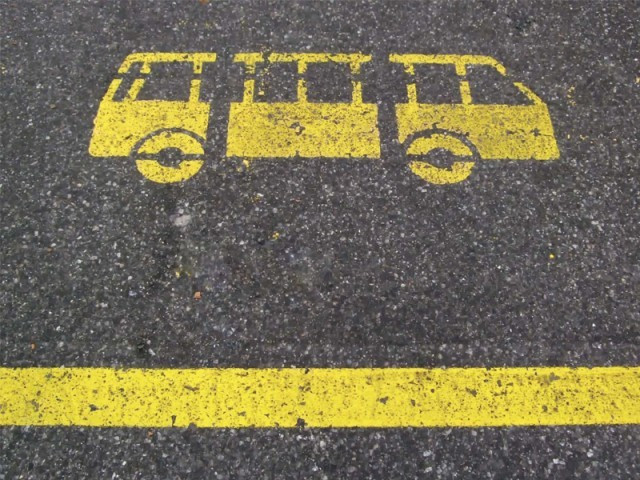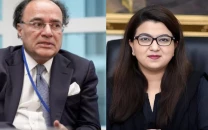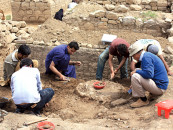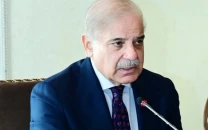Public transport: Work on Intelligent Transport System to begin March 5
13 junctions to be upgraded first along Bus Rapid Transit system on Ferozepur Road.

Engineers will start work next month on an Intelligent Transport System (ITS) to improve traffic management along the first stretch of the new Bus Rapid Transit (BRT) system, from Gajju Mata to Kalma Chowk.
Under the ITS project, 150 road junctions in the city will get high-tech traffic signals that, using sensors and cameras, can detect the level of traffic on each side and adjust accordingly. The junctions will also get LCD screens to inform motorists of traffic conditions ahead, and cameras that can detect traffic signal and speeding offences.
ITS and BRT Project Director Mazhar Hussain Khan told The Express Tribune that 14 surveillance cameras, 30 traffic cameras, 2 speed corridor violation cameras, 25 red light violation detection cameras and 25 red light detection video cameras would be installed along 13 junctions of the BRT, a two-lane bus corridor running down the middle of Ferozepur Road, in “package one of phase one” of the ITS project starting on March 5. It would take about four months to finish, said Khan, who is also director (engineering construction) at the Traffic Engineering and Planning Agency (TEPA).
The budget for package one, which includes developing a command and control centre on the fifth floor of the Arfa Software and Technology Park, is Rs860 million. Some Rs4 billion has been budgeted for the ITS project over the course of one year from its starting date. In phase one of the project, a total of 83 junctions around the city will be upgraded.
Khan said that the sensors and cameras installed at the traffic signals would be able to analyse the traffic load on the road. “The signal will modify its timing according to the density of traffic on any given side,” he said.
LCD screens would be set up at the junctions to display information about traffic around the city and the road ahead, he said. Footage from the cameras would be accessible at the command and control centre and officials there would be quickly able to develop a diversion plan if they spot a road blockage.
The cameras would also be able to spot speeding vehicles or those crossing on a red light. The vehicles would be identified through their licence plates. With the help of excise and taxation and customs officials, challans could then be sent straight to the home addresses of the violators.
“The police will also be able to keep track of suspicious vehicles,” Khan said. “And the command and control centre can also inform Rescue 1122 if there is a serious accident, most of which occur at junctions.”
Uzair Shah, the general manager (Infrastructure) at the Lahore Transport Company, said that the ITS was integral to the BRT project. For one, it would ensure that there is a regular interval between buses so passengers get a regular service. “The signals work with sensors and retainable memory so they will know how to manage a green signal for buses without hindering the flow of traffic,” he said.
Sources in TEPA and a traffic consultancy, speaking on the condition of anonymity, had some criticisms about the project. They said that the new technology would be hard to understand for most motorists in Lahore since they were unfamiliar with it. They also said that more advanced smart transport systems existed in Japan and the US and the ITS in Lahore should have been modelled on one of these. And they said that redesigning some junctions would be a more effective traffic management measure.
Khan, the project director, said that the new system was not too hard to follow and the citizens of Lahore would get used to it. He did not disagree that the Turkish system was less advanced than some others, but said that the Punjab government had decided to engage a Turkish firm because of its close ties with the country.
He said that 2.5 million vehicles use Lahore’s roads every day and a smart transport system was essential to managing this traffic load efficiently. “Expanding roads and junctions alone is not enough,” he said.
Published in The Express Tribune, February 22nd, 2012.


















COMMENTS
Comments are moderated and generally will be posted if they are on-topic and not abusive.
For more information, please see our Comments FAQ